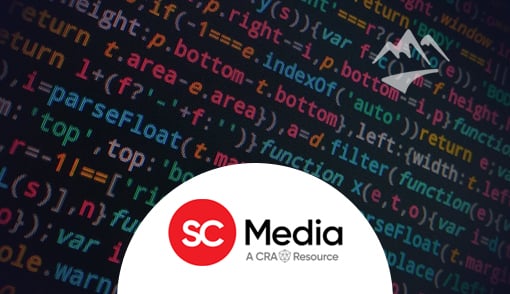Published on
The following article summarizes a recent SC webcast discussion between Host Adrian Sanabria and Dustin Lehr, Director of Application Security Advocacy at Security Journey. They delve into what it takes to embed lasting, secure coding behaviors across the software lifecycle.
The Developer's Dilemma: Learning vs. Convenience
Developers face a critical challenge: balancing the convenience of AI-generated code with the necessity of deep technical understanding. Lehr warned of a potential "cognitive debt" emerging from over-reliance on AI coding assistants.
The key concern is that developers might lose essential problem-solving skills by consistently outsourcing coding tasks to AI tools. The MIT study "Your Brain on ChatGPT" highlights this risk, suggesting that consistently using AI to complete mental tasks can lead to reduced brain activity and weakened problem-solving capabilities.
Experienced developers like Lehr have emphasized the importance of understanding AI-generated code rather than simply copying and pasting. This means taking the time to comprehend each line of code, asking critical questions, and learning the underlying principles behind the generated solutions.
The AI Challenge: Creativity and Security
As AI becomes more prevalent in software development, both attackers and defenders must evolve their strategies. Lehr points out that while AI can generate basic attacks and defenses, the real innovation will come from human creativity. Attackers are already developing sophisticated techniques like "slop squatting," where they create libraries that match AI-generated hallucinations, potentially introducing malicious code into development processes.
The landscape of cybersecurity is changing rapidly. Developers are becoming prime targets, particularly with the rise of info stealers targeting developer environments. The challenge lies in creating a robust security culture that goes beyond technical controls.
This means aligning incentives, providing proper education, and ensuring that developers understand their critical role in maintaining software security.
Building a Culture of Secure Development
Creating a security-first development culture requires a multifaceted approach. Organizations must move beyond checkbox compliance and create meaningful training programs that speak directly to developers' experiences. This includes:
- Tailoring security training to specific roles and technologies
- Providing context about why security matters
- Aligning incentives to prioritize code quality
- Giving developers the time and resources to build secure code
Lehr emphasized that developers should be involved in setting realistic expectations about project timelines and quality. Instead of rushing to meet arbitrary deadlines, teams should build in time for code review, security considerations, and quality improvements.
The future of secure software development will depend on developers who can critically engage with AI tools while maintaining a deep understanding of coding principles. This means viewing AI as a tool to enhance productivity, not replace critical thinking.
Developers must continue to learn, challenge themselves, and remain creative in their approach to solving complex technical challenges. As standards like PCI DSS and NIST continue to evolve, the focus is shifting towards meaningful implementation of security practices, not just meeting minimum requirements.
The most successful organizations will be those that create a culture of continuous learning and security awareness.


